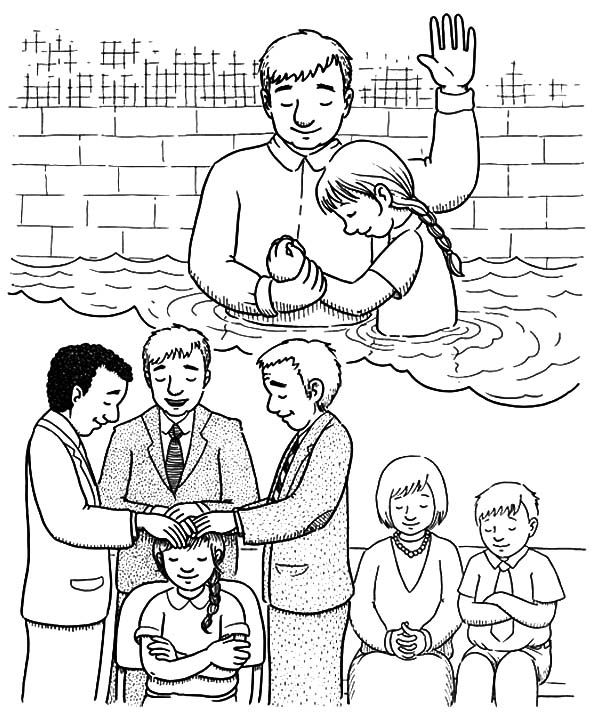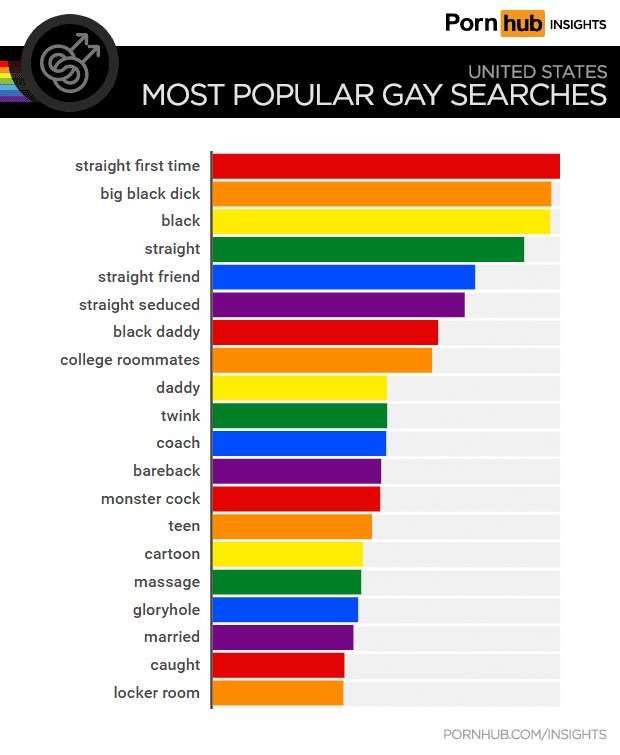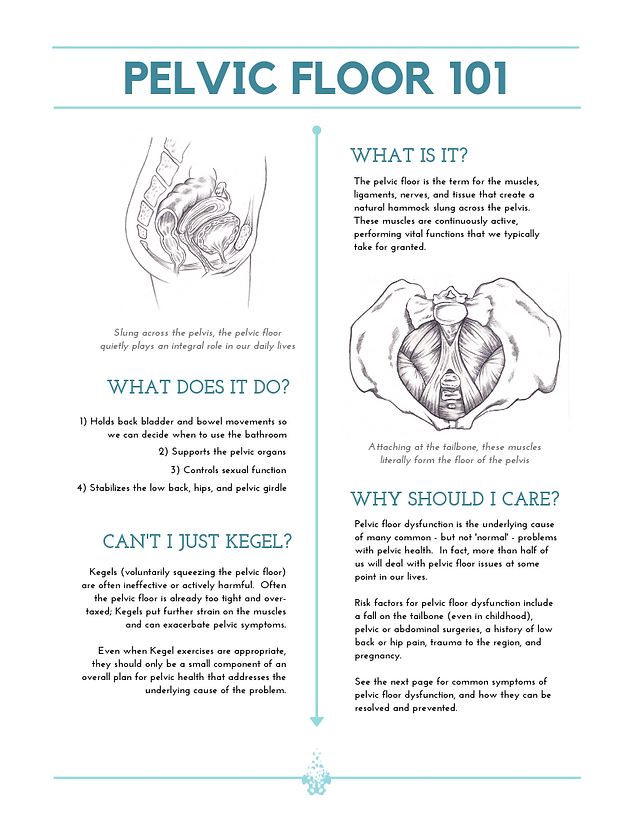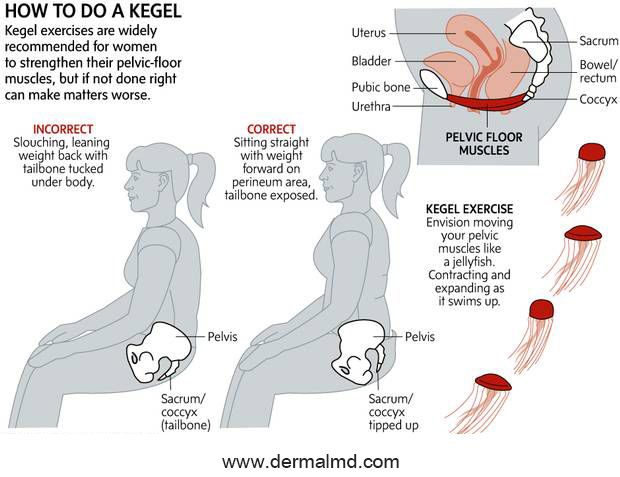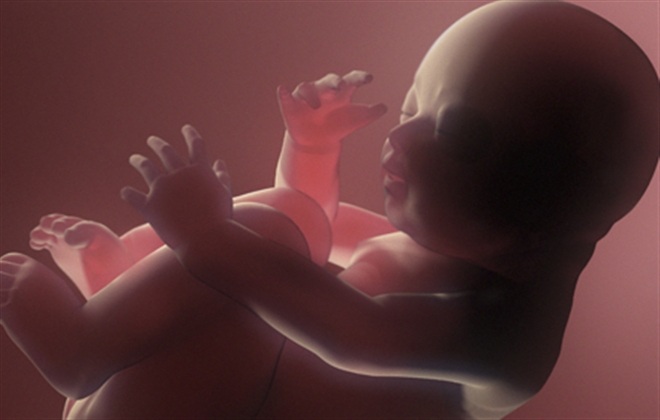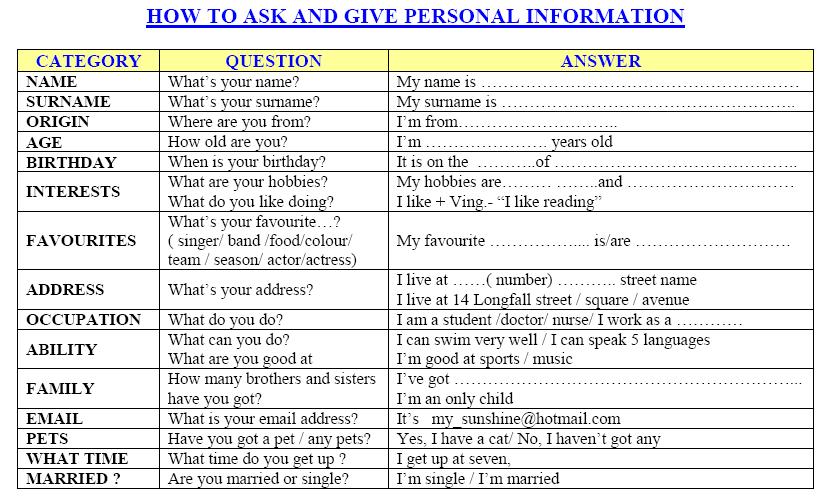How to clean 4 month old baby ear
Steps, Safety, When to Seek Help
It’s important to keep your baby’s ears clean. You can clean the outer ear and the skin around it while you bathe your baby. All you’ll need is a washcloth or cotton ball and some warm water.
It’s not safe to use cotton swabs or to stick anything inside your baby’s ear. If you notice earwax inside the ear, you don’t need to remove it.
Earwax is healthy for your baby because it’s protecting, lubricating, and has antibacterial propertires. Removing it can cause potentially harmful damage.
Read on to learn steps for cleaning your baby’s ears, plus safety tips.
To clean your baby’s ears on a daily or regular basis, you’ll need a cotton ball that’s been soaked with warm water. You can also use a gentle washcloth with some warm (not hot) water.
To clean baby’s ears:
- Wet the washcloth or cotton ball with warm water.
- Ring out the washcloth well, if using.
- Gently wipe behind baby’s ears and around the outside of each ear.
Never stick the washcloth or cotton ball inside your baby’s ear. This can cause damage to the ear canal.
Eardrops
If your baby has been prescribed eardrops or you want to use them to remove wax buildup, follow these steps.
- Lie your baby on their side with the affected ear facing up.
- Gently pull the lower lobe down and back to open the canal.
- Place 5 drops in the ear (or the amount your pediatrician recommended).
- Keep the drops in your baby’s ear by keeping baby in a lying position for up to 10 minutes, then roll them over so the side with the drops is facing down.
- Let the ear drops run out of your baby’s ear onto a tissue.
Always use drops according to your pediatrician’s recommendation. Follow their instructions for how many drops to administer and how often to give them to your baby.
Cotton swabs are not safe to use on infants or young children. In fact, from 1990-2010, ear cleaning was the most common cause for a child in the United States to be omitted to the emergency room for an ear injury.
More than 260,000 children were affected. Most commonly, these injuries involve an object stuck in the ear, perforated eardrums, and soft tissue injuries.
The safest rule to keep in mind is that if you see any waxy buildup or discharge on the outside of the ear, use a warm, wet washcloth to gently wipe it away.
Leave anything inside the ear (the part you can’t see) alone. Injury to the eardrum, hearing bone, or inner ear can all cause long-term health complications for your child.
Earwax buildup in infants is rare. Usually, the ear canal makes the correct amount of earwax it needs. But in some cases, excess earwax buildup can interfere with hearing, or cause pain or discomfort. Your baby may tug on their ear to indicate discomfort.
Some causes of earwax buildup include:
- Using cotton swabs. These push the wax back in and pack it down instead of removing it
- Sticking fingers in the ear. If wax is pushed back by your infant’s fingers, it may build up.

- Wearing ear plugs. Ear plugs can push wax back in the ear, causing buildup.
Don’t try to remove earwax buildup at home. If you’re concerned about earwax buildup, see a pediatrician. They can determine if your infant’s earwax needs to be removed.
Is earwax dangerous?
Earwax is not dangerous. It serves many important functions including:
- protecting the eardrum and ear canal, keeping it dry, and preventing germs from causing infection
- trapping dirt, dust, and other particles so they don’t enter the ear canal and cause irritation or injury
Let your baby’s pediatrician know if your infant is tugging at their ears. If you don’t already have a pediatrician, you can browse doctors in your area through the Healthline FindCare tool. Also let them know if you suspect a blocked ear canal is making it difficult for your baby to hear you, or if you notice any yellow-green discharge from your child’s ear.
Your doctor may remove the wax if it’s causing discomfort, pain, or interfering with hearing.
A pediatrician can usually remove the wax during a regular office appointment without requiring any further treatment. In rare cases, the wax may need to be removed under general anesthesia in the operating room.
If your pediatrician notices signs of an ear infection, they may prescribe antibiotic eardrops for your baby.
Seek medical help right away if you notice bleeding from the ear after an object was inserted in the ear canal. You should also seek medical help if your child looks or acts very sick, or their walking is unsteady.
It’s important to keep your baby’s ears clean. In most cases, you can clean the outer ear and area around the ears during your regularly scheduled bath time. You’ll just need a washcloth and warm water.
Although there are several products on the market made specifically for cleaning the inside of your baby’s ears, many of them aren’t safe. Cotton swabs also aren’t safe for your baby.
If you notice a large amount of wax buildup or are concerned about your baby’s ears, let your pediatrician know.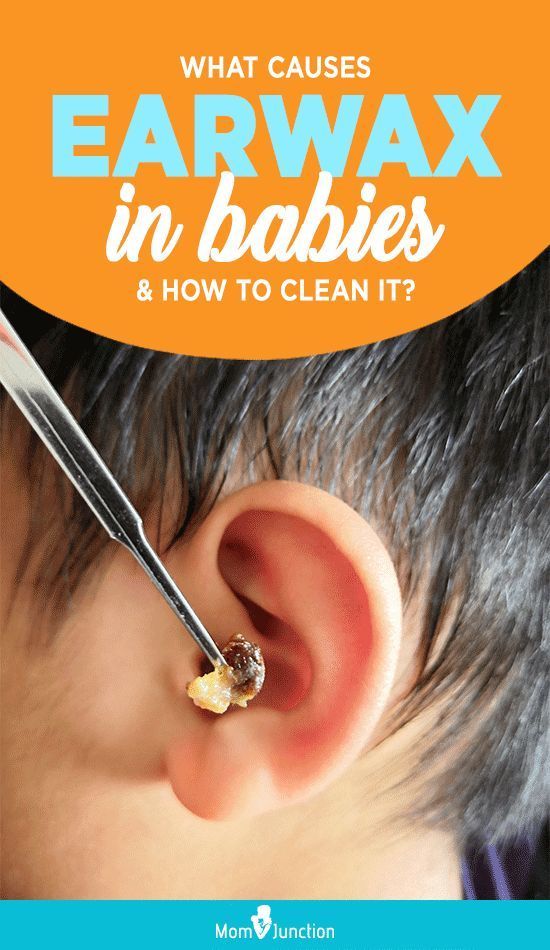 They can determine if it needs to be removed and advise you on the best treatment.
They can determine if it needs to be removed and advise you on the best treatment.
Cleaning your baby's ears and nose
beginning of content3-minute read
Listen
Keeping your baby’s head and face clean is important for their good health. That’s because baby skin is fragile and more sensitive than adult skin, so it can easily become irritated. It can take a little while to get used to cleaning their tiny ears, eyes and nose, but with practice your confidence will grow.
Do I need to clean my baby's ears, eyes and nose?
Although young babies don’t move around much, you’d be surprised at how dirty their faces can get. Just like adults, they can develop ear wax and mucus in their nose and discharge in their eyes.
Paying special attention to these parts of your baby’s body will prevent problems in future.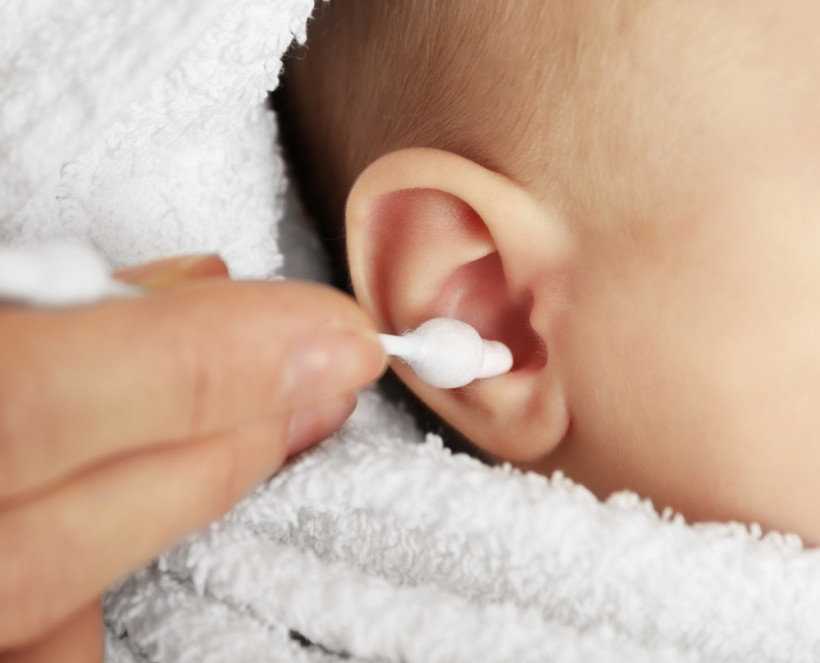
When should I clean my baby's ears, eyes and nose?
Your baby’s ears, eyes and nose should be wiped every day. All you need is some cotton wool and warm water. Don’t use soap because this can dry out your baby’s sensitive skin.
A good time to clean your baby's ears, eyes and nose is just before you give them a bath. Newborn babies don't need a bath every day — 2 or 3 times a week is enough — so on other days you can just wash their face and bottom. This is known as 'top and tailing'.
Some babies get upset when you wash their faces, so choose a time when they’re relaxed. It’s best not to wash their face when they’re hungry, or right after a feed. Talking or singing while you’re washing them might help to calm them down.
How do I clean my baby's ears, eyes and nose?
If you are going to give your baby a bath, fill the bath with warm water and get together everything you need first. Always make sure the water is no hotter than 37 to 38°C. If you don’t have a thermometer, use your elbow or wrist to check the water isn't too hot.
Before you undress your baby, lay them on a safe surface. Dip some cotton wool in lukewarm water. Gently clean the corners of their eyes, wiping from the inside corner to the outside corner. Use a new cotton wool ball for each eye.
Then gently wipe around each nostril to get rid of any mucus. Wipe around your baby's ears, including around the outside.
Use a soft towel to gently dry your baby's skin, making sure you also dry behind the ears.
It's very important not to stick anything into your baby's ears or nose as this can cause damage. It can cause the lining of the inside of the nose to bleed and damage the eardrum. Pushing something into your baby's ear or nose can increase the risk of infection.
When their face is clean and dry, you can undress them and give them their bath.
Should I remove my baby's earwax?
Usually there is no need to remove your baby's earwax. It has an important role in protecting their ears. It blocks germs that could cause infection from reaching the eardrum and it prevents dirt and dust from entering your baby's ear.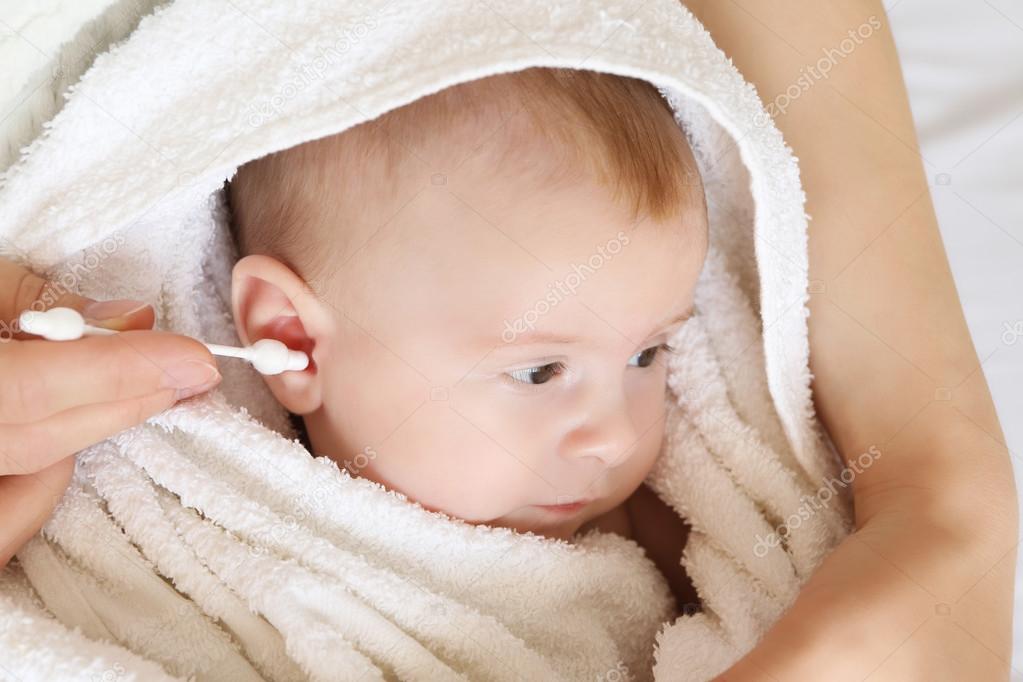
Ear wax usually makes its way to the outer ear naturally. You can gently wipe it away when you're cleaning their ears. Don’t ever poke a cotton swab, finger or anything else into your baby's ears.
You should also avoid using remedies to remove ear wax. This risks damaging the ear canal and can even affect your baby’s hearing.
If you think your baby's ears are causing them discomfort — for example, if they're tugging or pulling their ears a lot — then tell your doctor in case they have an ear infection.
Sources:
The Royal Women’s Hospital (Caring for your newborn baby), Raising Children (Cleaning baby eyes, nose and ears), Raising Children (Bathing a newborn), The Royal Children's Hospital Melbourne (Ear infections and glue ear)Learn more here about the development and quality assurance of healthdirect content.
Last reviewed: April 2021
Back To Top
Related pages
- A day in the life of a newborn
- How to cut your baby's nails
- Dressing a newborn
- Bathing your newborn
This information is for your general information and use only and is not intended to be used as medical advice and should not be used to diagnose, treat, cure or prevent any medical condition, nor should it be used for therapeutic purposes.
The information is not a substitute for independent professional advice and should not be used as an alternative to professional health care. If you have a particular medical problem, please consult a healthcare professional.
Except as permitted under the Copyright Act 1968, this publication or any part of it may not be reproduced, altered, adapted, stored and/or distributed in any form or by any means without the prior written permission of Healthdirect Australia.
Support this browser is being discontinued for Pregnancy, Birth and Baby
Support for this browser is being discontinued for this site
- Internet Explorer 11 and lower
We currently support Microsoft Edge, Chrome, Firefox and Safari. For more information, please visit the links below:
- Chrome by Google
- Firefox by Mozilla
- Microsoft Edge
- Safari by Apple
You are welcome to continue browsing this site with this browser. Some features, tools or interaction may not work correctly.
Some features, tools or interaction may not work correctly.
Wax plug in the ear of a child - causes, symptoms, methods of prevention
Wax plug is a blockage of earwax in the ear canal as a result of increased secretion of the sulfur glands that are located in the skin. Earwax does not come out of the ear because it has a viscous structure that keeps it there. If the ear canal has a tortuous structure and a narrow passage, then sulfur accumulates at the eardrum, which leads to the formation of a sulfuric plug.
Causes
- Predisposition to excess secretion of sulfur.
- The anatomical features of the structure of the ear canal - narrowness or tortuosity, which interfere with the natural release of sulfur.
- Water ingress during diving, swimming, shampooing. Sulfur swells and closes the ear canal.
- The presence of foreign bodies in the ear.
- Otitis, eczema, dermatitis, wearing a hearing aid, frequent use of headphones.

- Too frequent cleaning of the ear canal from earwax with cotton swabs.
- Insufficient humidity in the room affects the appearance of hard sulfur plugs in children.
Symptoms
- Noise, earache, congestion, hum and ringing.
- Itching of the external auditory canal, autophony - increased resonance of one's own voice.
- Hearing loss: the child does not respond to the call of the parents, often asks again, shudders when strangers appear near him.
- The child's constant restlessness, his regular desire to scratch or touch the ear.
- Reflex symptoms: cough, nausea, dizziness, headache, in severe cases - cardiac disorders, facial paralysis.
To diagnose a sulfur plug in a child, a visual examination of the outer ear is performed, as well as to establish the causes that accompany the disease, so that the correct treatment can be prescribed.
In the examination, a bellied probe is used, which determines the consistency of the sulfur plug.
Prophylaxis
- Regularly visit an otolaryngologist (at least 2 times a year).
- Practice proper ear hygiene: after bathing, use cotton swabs, but do not push them too far to avoid injury to the eardrum.
- Do not allow children to use headphones that are inserted into the ear.
- In the cold season, protect your ears from the cold and cover them with hats.
- Do not allow girls to wear large earrings as this affects the blood supply.
- It is enough to clean the ears of small children once a week. This is done by wiping the visible area of the ear canal with a cotton swab.
- Use special protective equipment (if your child swims in the pool) to avoid fungal and bacterial diseases.
- Use preparations that soften the wax (children prone to excessive accumulation of sulfur).
More about pediatric otorhinolaryngology at the YugMed clinic
By leaving your personal data, you give your voluntary consent to the processing of your personal data. Personal data refers to any information relating to you as a subject of personal data (name, date of birth, city of residence, address, contact phone number, email address, occupation, etc.). Your consent extends to the implementation by the Limited Liability Company Research and Production Association "Volgograd Center for Disease Prevention "YugMed" of any actions in relation to your personal data that may be necessary for the collection, systematization, storage, clarification (updating, changing), processing (for example, sending letters or making calls), etc. subject to current legislation. Consent to the processing of personal data is given without a time limit, but can be withdrawn by you (it is enough to inform the Limited Liability Company Scientific and Production Association "Volgograd Center for Disease Prevention" YugMed "). By sending your personal data to the Limited Liability Company Research and Production Association "Volgograd Center for Disease Prevention" YugMed ", you confirm that you are familiar with the rights and obligations in accordance with the Federal Law "On Personal Data".
Personal data refers to any information relating to you as a subject of personal data (name, date of birth, city of residence, address, contact phone number, email address, occupation, etc.). Your consent extends to the implementation by the Limited Liability Company Research and Production Association "Volgograd Center for Disease Prevention "YugMed" of any actions in relation to your personal data that may be necessary for the collection, systematization, storage, clarification (updating, changing), processing (for example, sending letters or making calls), etc. subject to current legislation. Consent to the processing of personal data is given without a time limit, but can be withdrawn by you (it is enough to inform the Limited Liability Company Scientific and Production Association "Volgograd Center for Disease Prevention" YugMed "). By sending your personal data to the Limited Liability Company Research and Production Association "Volgograd Center for Disease Prevention" YugMed ", you confirm that you are familiar with the rights and obligations in accordance with the Federal Law "On Personal Data".
Can children's ears be cleaned with cotton swabs?
Modern otorhinolaryngologists assure that neither children nor adults need to clean their ears with improvised means, such as cotton swabs. Moreover, this hygiene procedure is quite dangerous and can injure the ear canal or eardrum!
Cotton swabs do not remove sulfur to the outside, but, on the contrary, they push it in and tamp it down. Regular use of such devices can lead to the formation of a dense sulfur plug.
In the first two weeks of life, a newborn's ears do not need additional cleaning. Then parents can clean the baby's external auditory canals every 7-10 days with a cotton flagellum or turunda, as well as a children's cotton swab with a limiter. Such a wand will not allow you to penetrate too deep into the ear.
Do not use toothpicks or matches with cotton wrapped around them to clean your ears!
Ear cleaners are not recommended to be lubricated with butter or breast milk!
Before cleaning the ears, the child should be bathed and fed. After taking water procedures, the sulfur will soften, and when eating, it will slightly come out and it can be easily removed from the ear canal.
After taking water procedures, the sulfur will soften, and when eating, it will slightly come out and it can be easily removed from the ear canal.
By the way, ear wax is not dirt. It is specially produced in the ears, being a special secret of the sulfur glands, has a sticky texture and honey color. Ear wax envelops a thin layer of the external auditory canal, moisturizes it, protecting it from pollution and protecting it from microorganisms, pathogenic fungi, dust and insects.
How to clean your ears properly?
No additional manipulations are required. The external auditory canal is self-cleaning. To keep the ears clean, it is enough to wash the auricle and the area at the opening of the ear canal with soapy water while taking a shower or washing your hair.
If you or your child notice excessive build-up of earwax, do not try to clean it out yourself. Seek help from an ENT doctor. He will identify the cause and give recommendations for treatment and care of the ears.


